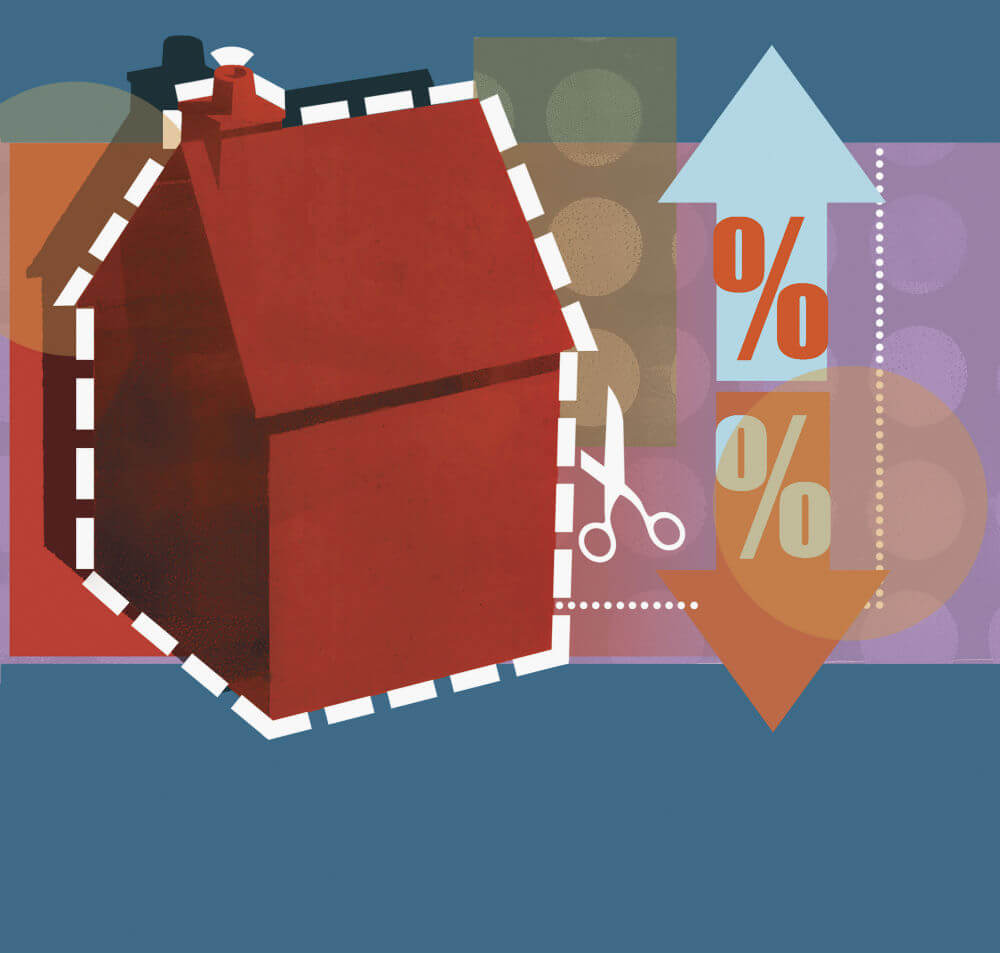Expect more fixed rate mortgage loan increases
You may only have 48 to 72 hours to lock-in on incredible mortgage rate deals
Advertisement
You may only have 48 to 72 hours to lock-in on incredible mortgage rate deals

Share this article Share on Facebook Share on Twitter Share on Linkedin Share on Reddit Share on Email